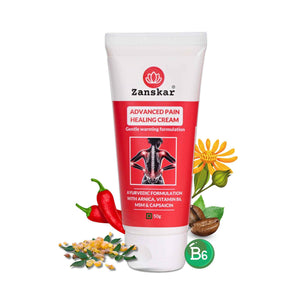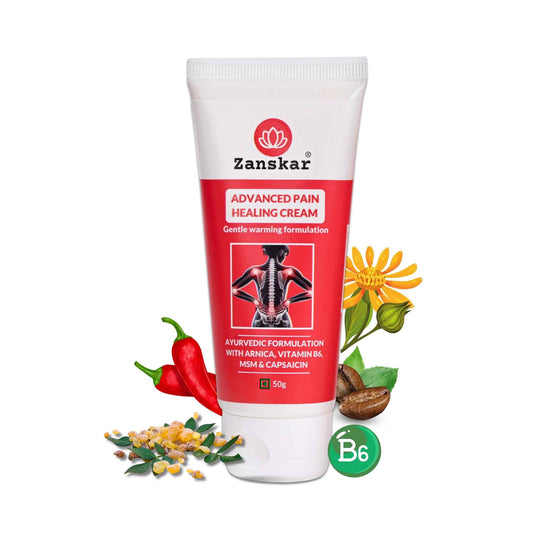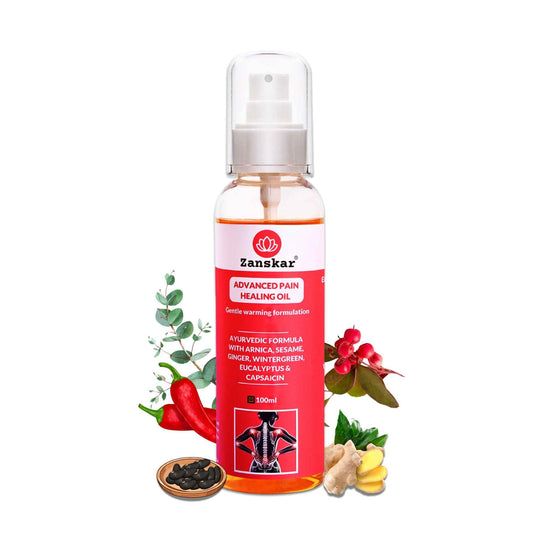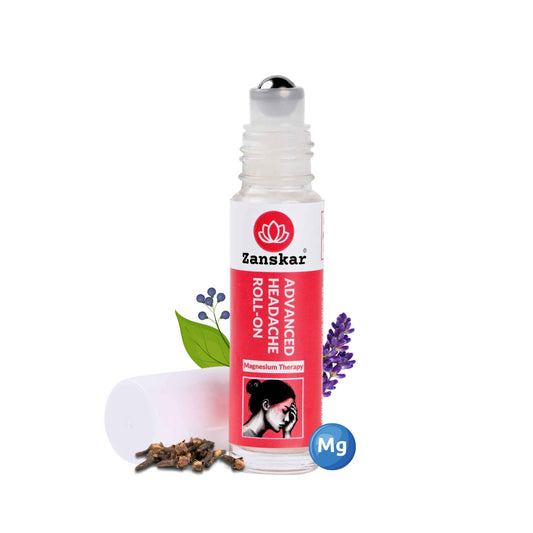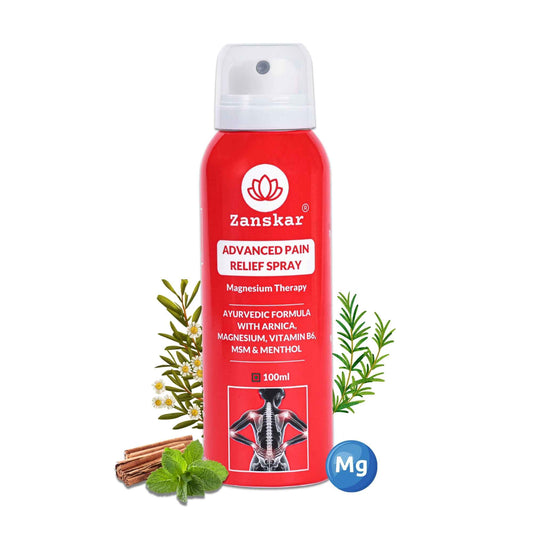Studies show that women have nearly 50% higher prevalence rates of musculoskeletal pain in most anatomic pain sites than men.
From an anatomy viewpoint, there are obvious differences in appearance between men and women. For example, women naturally have more subcutaneous fat than men, in a characteristic distribution over the buttocks and thighs and behind the upper arms, giving them a more rounded appearance. Skeletal differences are predominantly in the pelvis, which has larger inlet and outlet to allow for childbirth. This wider pelvis often contributes to knee, ankle, and foot problems. Muscle size and bulk is less in women, due to the effects of the normal sex hormones.
This results in women suffering from the following common MSK disorders much more than men in various stages of their gynaecological life cycle:
• Sports injuries: Women are 2 to 10 times more susceptible to sports injuries such as ACL tears, joint sprains and fractures
• RA: It is an autoimmune disease that affects joints, and it is more common in women than men.
• Fibromyalgia: Fibromyalgia, a chronic condition characterised by widespread musculoskeletal pain and tenderness, is 9x more prevalent in women than in men.
• Hip and Abdominal Pain: Women are 5x more likely than men to develop coccydynia (tailbone pain). Pelvic floor dysfunction contributes to the same.
• Frozen Shoulder: Although frozen shoulder (adhesive capsulitis) is a common shoulder condition, it predominantly impacts women between the ages of 40 to 60. Predisposing conditions such as thyroid imbalance (which impacts women 10x more than men) or hormonal imbalances post menopause are the main contributing factor.
• Osteoporosis: Osteoporosis, a condition characterised by decreased bone density and increased risk of fractures, is more common in women, particularly after menopause. The decline in estrogen levels during menopause contributes to the development of osteoporosis.
This article makes a strong case for physiotherapy to play an essential role in providing specialised care to women in various gynaecological stages of their lives.
1. Pelvic Floor Rehabilitation: Physiotherapists with expertise in pelvic floor rehabilitation play a crucial role in assessing and treating pelvic floor dysfunction. They provide interventions for conditions such as pelvic organ prolapse, urinary incontinence, pelvic pain, and pelvic floor muscle weakness. Treatment includes pelvic floor exercises, biofeedback techniques, electrical stimulation, and manual therapy.
2. Pre and Postnatal Care: Physiotherapists can support women throughout pregnancy and after childbirth. They provide education and exercises to maintain strength, stability, and flexibility during pregnancy. Additionally, postnatal care includes pelvic floor muscle re-education, guidance on diastasis recti (abdominal muscle separation), and helping women regain strength and function following delivery.
3. Menstrual Pain Management: Physiotherapists can offer pain management strategies for women experiencing dysmenorrhea (menstrual pain). Techniques such as heat therapy, manual therapy, relaxation techniques, and exercise prescription helps reduce pain and improve overall well-being during menstrual cycles.
4. Sexual Dysfunction: Physiotherapists can assist in addressing sexual dysfunction related to gynaecological issues, such as vaginismus, dyspareunia (pain during intercourse), and reduced sexual arousal. Treatment may involve education, pelvic floor muscle relaxation techniques, desensitisation exercises, and emotional support.
5. Pre and Post Gynaecological Surgery Rehabilitation: Physiotherapists play a role in the rehabilitation of women before and after gynaecological surgeries, such as hysterectomy, myomectomy, or pelvic floor reconstructive surgery. They provide preoperative education, optimize muscle strength and function prior to surgery, and guide postoperative rehabilitation to aid in recovery, pain management, and restoring function.
6. Breast Cancer Rehabilitation: For women undergoing breast cancer treatment, physiotherapists can assist in managing lymphedema, a condition characterised by swelling in the arm or breast area. They provide manual lymphatic drainage, compression therapy, exercise programs, and education on self-management techniques to reduce swelling and improve functional outcomes.
7. Menopause Management: Physiotherapists can offer guidance and exercises to help manage the physical changes associated with menopause, including osteoporosis prevention, maintaining musculoskeletal health, managing vasomotor symptoms, and promoting overall well-being.
Learn More About Zanskar Health
If you have joint or muscle pain that makes it hard to move, Zanskar offers the most advanced full stack pain relief solutions for you.
Now available to purchase, Zanskar® Advanced Pain Healing Cream has a unique formulation of natural ingredients like Arnica, Vitamin B6, MSM and Capsaicin, which is trusted by over 20L+ pain sufferers globally. It provides lasting relief from muscle and joint discomfort that you can feel good about. Get your fix before stocks run out - buy now.
You can also gain access to therapeutic exercises and stretches for your condition by downloading the Zanskar Health physiotherapy mobile app. Additionally, you’ll have a personal care team to guide, support, and tailor our program to you, including behavioral and nutritional coaching.
Download our mobile app here 👉 download and track your exercise streak.
Medical Review: This article is written by Dr Nishtha Mittal (Senior Health Content Editor at Zanskar Health) and has been medically reviewed by Dr Rashi Goel (Senior Physiotherapist at Zanskar Health). This article and its contents are provided for educational and informational purposes only and do not constitute medical advice or professional services specific to you or your medical condition.


